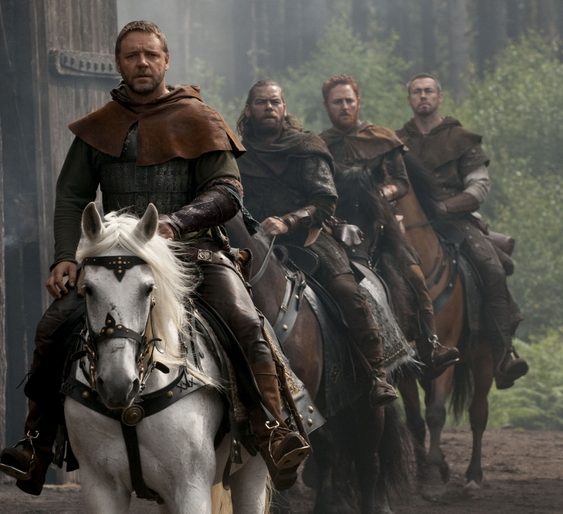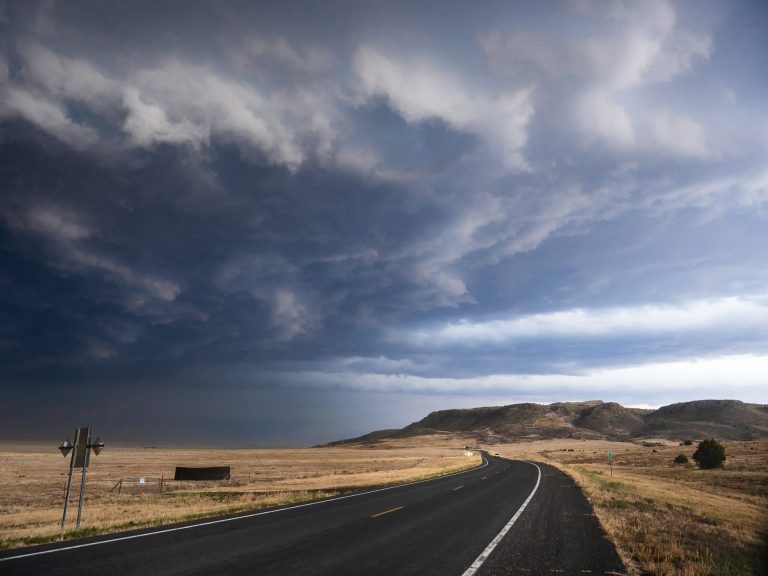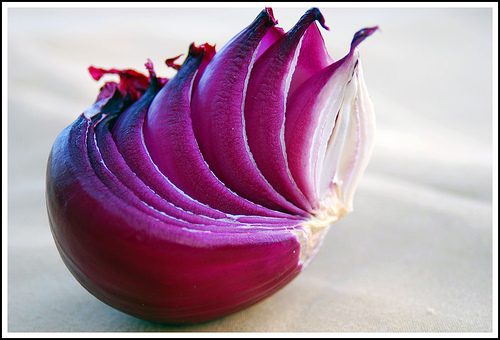Ten Foundational Scenes of a Fantasy Novel
We’re taking a long, hard look at those ten foundational scenes for your novel, and I’m sharing examples submitted by readers of Live Write Thrive—all to show you that you can do this (and should!). While it does take some time and thought, you owe it to yourself and your readers to set up a strong foundation for your novel by working out these key scenes before you start writing.
And if you’ve already written some or all of your first draft, there is no better way to ensure you’ve nailed your foundation than to plug in the scenes you have into the chart. If you find you can’t come up with the scenes and in the proper spots in your story, you may be missing something crucial. It could be your structure is seriously flawed and your story will collapse.
Don’t spend months of your life struggling over your story’s plot and end up with a mess! Take the time to work up a solid story. For the clearest and best way to take your idea and fashion it into a best seller, get my books The 12 Key Pillars of Novel Construction and the workbook!
These books lay out, step by step, how to come up with a killer concept, how to develop strong, empathetic characters, how to generate high stakes and huge conflict, and how to mine the themes that will hold your story together.
Out of the hundreds of critiques I do, few novels have these key pillars of structure down. Few have their key scenes in the right places. Many fail to have those scenes in their novels! Failure to use strong structure is the kiss of death.
Some of you don’t believe me. But I’ll say this: I’ve yet to see more than a handful of hugely successful novels (in my lifetime) that didn’t have solid novel structure. Yes, there are “rules” and while you can fudge them a bit, they are best followed for success.
So, as we’ve been doing over the last month, let’s look at another author’s chart. Be sure to read through recent posts that explain what all these key scenes are about. Start with this one.
Farther Up and Farther In
Let’s look at a self-published fantasy novel by Anthony Hilbert.
Synopsis:
Gerok Andros, war correspondent, is a cynical atheist. So it’s a shock when, after a fatal encounter in a war zone, he finds himself condemned to a hell much as described by Dante. But he is even more surprised to be rescued by a party of guerillas led by Robin Hood. He learns that all the spirit worlds in religion and mythology exist out in the Void, and those who know how can travel between them.
After fighting their way up through the levels of hell, Gerok and a few companions are separated from the party and make an emergency landing in the Norse realm of Nifleheim. Guided by an amateur seer and a veteran guerilla, they escape by climbing the World Ash to Asgard, where Gerok finds a seat in Freya’s Hall.
In search of the meaning behind his adventures, Gerok carries on “farther up and farther in.” The Chinese hero Monkey carries him to meet the Old Gods; beyond them, he passes into the Rose of the World and transcends time and space, finding his way back to the moment of his death, where he chooses to live on and use the wisdom he has learned to spread peace and freedom.
Here are the ten scenes he submitted to me to review (my comments in bold):
#1 – Setup. Our hero Gerok is a reporter in a war zone, and he’s not a very nice person. He’s looking forward to a night with a poor boy prostitute, paid for by cheating on his expenses. Then he gets killed. [Good setup leading right into the inciting incident. The entire plot unfolds after Gerok dies. My big concern, outside of the scene placements, is making Gerok a character readers won’t like or care about.]
#2 – Turning Point #1 (10%). inciting incident. He finds himself in front of a heavenly clerk flanked by an angel and demon. He’s judged and sent to hell, and finds himself on a vast plain in a crowd of other damned souls under a rain of fire.
#3 – Pinch Point #1 (33% roughly). Having talked to others familiar with Dante’s account, which suggests there might be a way out at the bottom of the Pit, he steels himself to make a break for the next level down. [Since this story seems to be one of man against general outside forces and not a particular individual or group, then the pinch point would introduce a huge obstacle, which is what the author has here. He presents an untenable situation for Gerok, who now is determined to find a way out—which sets the goal for the novel.]
#4 – Twist #1. He’s rescued from a demon guard by a band of guerillas led by Robin Hood, from the Pagan realm of Avalon. He learns that all the spirit realms of religion and mythology exist in the Void, and those who know how can travel between them. [Good twist that reveals important info and continues to push the hero toward his goal.]
Subplot. Crossing the plain of fire he helps Crystal, who died in the ’60s and has been sentenced to wear her head back to front as a punishment for fortune-telling. He guides her and becomes attracted to her. [Subplots can be introduced throughout a novel, but earlier is better.]
#5 – The Midpoint (50%). Robin’s band fight and fly their way up through Inferno, but at the last Gerok and a few companions—Sophia, a guerilla, Crystal, and Kevin a ’60s rock star—are cut off. Fleeing from demons they crash-land in the Nordic Hell of Nifleheim; the only way out is to climb the World Tree to the other Norse realms. [Good midpoint. It’s all about greater commitment and no turning back.]
Subplot: about 60%. On the World Tree, where things are a lot more worldly than Inferno, Crystal gets involved with Kevin. Jealous and frustrated, Gerok almost forces himself on Sophia, but stops himself in time. [Having character complications are great to add emotional tension and pressure on the hero as he goes after his goal. While I’m not sure if this is an actual romance thread or story engine, it seems appropriate here as hindrance or complication.]
#6 – Pinch Point #2 (62% roughly). They are near the top when Crystal falls. Gerok at once agrees with Sophia that they must turn back to find her, showing that he’s learning to care. [Good situation to show character arc/growth. Again, there is no clear opposition, so those pinch points are when the character gets sorely “pinched.]
Subplot: about 65%. When they find Crystal, her ordeal on the Tree has made her a seer. An elf from Alfheim comes to claim her, and Gerok tells her he loves her, but she tells him he has more real love for Sophia and should learn from it. [Sophia is only mentioned above, so I’m not sure what all this entails. Has Gerok fallen in love with Crystal, and if so, how does this create problems for him in reaching his goal?]
#7 – Twist #2. Gerok has made it to the safety of Asgard, but after reviewing all he has learned he realises he wants to know more. The Goddess Freja calls on King Monkey to take him as far as he can to the Heart of Being. [I’m not sure what this means—he wants to stall or quit his goal of getting out? I do like this as a twist, and if this new decision is brought on by his clear core need—his emotional or spiritual one—this can be a strong twist. He’s willing to risk more—higher stakes—to learn something he needs.]
#8 – Turning Point #4 (75%). Major setback. With help from Monkey and Buddha he reaches the Old Gods, who test him harshly, confronting him with past fears and guilts and new temptations, till it seems he has been completely destroyed. [Good strong indication of the biggest challenge and hopeless over reaching his goal.]
#9 – Turning Point #5 (76-99%). The climax. Having won through the Old Gods’ lessons, he comes to total understanding at the Heart of Being. But what he sees draws him back to the world and he finds himself where he died, being revived by a medic. [Nice twist and turning point here. Clear character arc—I’m guessing he’s learned and changed through his ordeal. He’s reached his goal and made a decision.]
#10 – The Aftermath (90-99%). The wrap-up. Returned to the earth wise and caring, he becomes an unrecognised hero spreading peace and freedom. But it’s a dangerous life, so he writes down his story to help you, the reader. [Very nice wrap-up.]
Hilbert does a nice job of nailing these ten key scenes. And while he hasn’t shown a full layering of his subplot, we see some of his subplot elements. If he were in the plotting stages, I’d encourage him to layer a full subplot over those key ten scenes so that the subplot is strong. (He may have all those scenes; they’re just not included in this chart.)
You can get Anthony’s ebook HERE on Amazon Kindle.
Any thoughts? Does this help you further in laying out your ten key scenes?












Time or period is an important element of fantasy fiction. A fantasy novel has to be set in a specific time frame because the characters and the setting the story entirely depend on it. If your fantasy novel is set in the future, then you need to make it evident in your writing – revolve your story around technological breakthroughs or developments, for example.